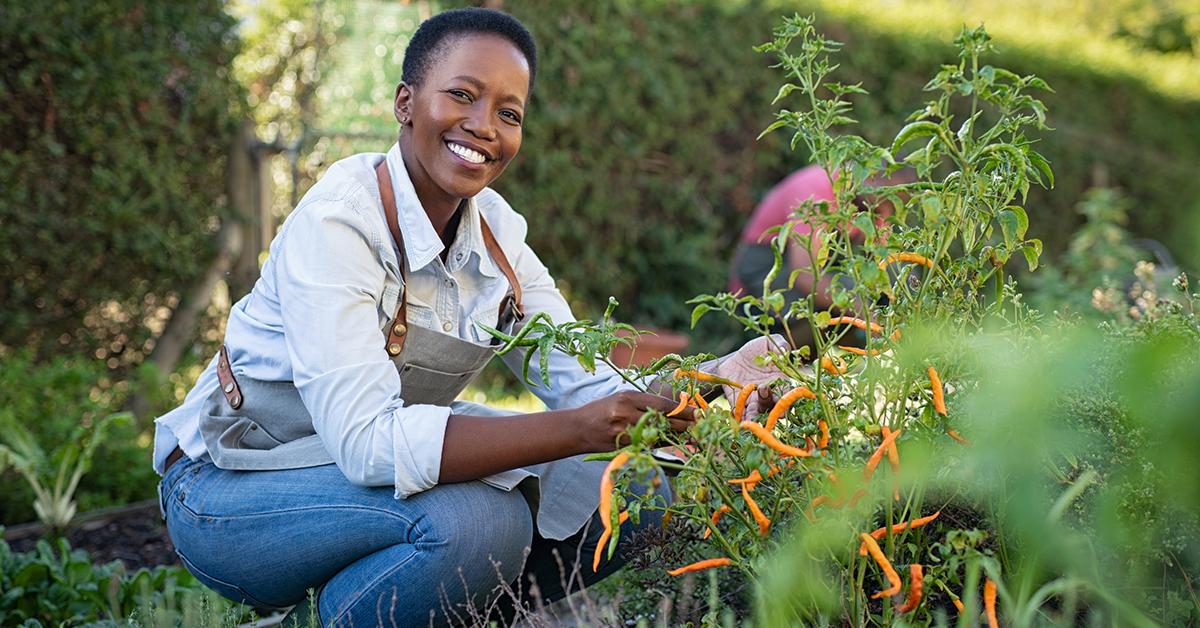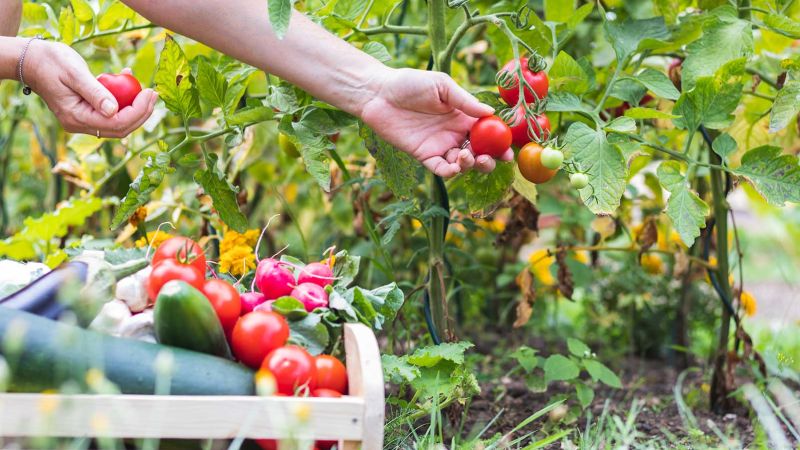Growing Confidence: Newbie Gardening Techniques and Tricks
Wiki Article
From Seed to Harvest: a Beginner's Journey Into Horticulture
From Seed to Harvest: A Beginner's Trip Into Gardening offers a insightful and extensive overview for those new to the globe of horticulture. This book takes visitors via the entire procedure, starting from selecting the ideal seeds and preparing the soil, to nurturing the expanding plants and inevitably harvesting and enjoying the domestic fruit and vegetables.Picking the Right Seeds
When starting the trip of gardening, choosing the ideal seeds is a vital action for beginners to make sure effective cultivation. newbie gardening. The option of seeds can considerably impact the total end result of a garden, as different varieties have differing growth routines, illness resistance, and adaptability to specific environmentsTo begin, it is essential to think about the specific goals and preferences of the gardener. Are you thinking about expanding vegetables, herbs, or flowers? Do you have a particular shade or flavor in mind? Understanding these factors will aid limit the alternatives and make the choice process much easier.
Furthermore, it is necessary to research and select seeds that appropriate for the regional environment and growing problems. Some plants thrive completely sunlight, while others prefer color or a details kind of dirt. By selecting seeds that are inherently adjusted to the atmosphere, newbies can save themselves from potential frustration and aggravation.

Preparing the Dirt for Growing
After choosing the right seeds for your garden, the next vital action in the newbie's journey into horticulture is preparing the soil for planting. Appropriate dirt prep work is necessary for providing a healthy and productive atmosphere for your plants to grow and thrive.The primary step in preparing the soil is to eliminate any type of weeds, rocks, or particles that may prevent the development of your plants. This can be done by hand or with the help of horticulture tools such as a yard or a trowel fork. Once the location is clear, it is necessary to loosen up the dirt by tilling or turning it over. This not just helps to break up any type of compressed dirt yet likewise enhances aeration and drain.
Including natural matter to the soil is another vital action in dirt prep work. Organic issue, such as compost or well-rotted manure, enhances the soil with vital nutrients and improves its framework. It also assists to retain wetness, which is important for plant growth. Spread a layer of natural issue over the tilled dirt and mix it in extensively.
Finally, it is essential to test the pH level of the soil (newbie gardening). Many plants choose a slightly acidic to neutral pH range. Changes can be included to readjust the pH level accordingly. if the dirt is as well acidic or alkaline.
Sowing and Taking Care Of Seedlings
To ensure the successful development of your plants, proper sowing and mindful nurturing of seedlings is essential, constructing upon the soil preparation discussed in the previous subtopic. Planting seedlings is a critical action in the horticulture process, as it establishes the structure for strong and healthy plants. When sowing, it is crucial to adhere to the directions on the seed packages relating to growing depth and spacing. This will guarantee that the plants have sufficient room to expand and create properly.
Along with light, plants need consistent dampness to thrive. Water the seedlings routinely, maintaining the soil evenly moist however not soaked. Overwatering can bring about root rot, while underwatering can cause the seed startings to pass away and perish.
To additionally sustain the growth of plants, give them with a mild breeze. This can be achieved by using a small follower on a low setup. The breeze assists strengthen the stems of the seedlings, making them much more resilient to wind and other environmental elements.
Nurturing Your Expanding Plants
- When your plants have actually sprouted and started to grow, it is vital to offer appropriate treatment and focus to nurture their continued advancement. This includes providing ample water, sunshine, and nutrients, along with protecting them from diseases and bugs.
Sprinkling your expanding plants is essential to their survival. Water your plants routinely, particularly throughout hot and completely dry durations, and make certain to sprinkle them at the base to stay clear of wetting the vegetation, which can blog here invite fungal illness.
Sunshine is another important variable for the healthy growth of your plants. Make sure that your plants are positioned in an area that receives sufficient sunlight, and if you're expanding them inside your home, consider utilizing grow lights to supplement natural light.
4. Supplying your plants imp source with the best nutrients is essential for their development. Utilize a well balanced fertilizer or garden compost to enhance the soil, and comply with the advised application prices. Additionally, consider making use of natural plant foods that are gentle on plants and the setting.
- Shielding your plants from insects and diseases is essential to ensure their health. Routinely examine your plants for indications of problem or disease, and take ideal procedures such as utilizing natural insect control techniques or eliminating contaminated plants to avoid the spread.
Harvesting and Appreciating Your Homegrown Generate
Once your plants have gotten to maturation, it's time to reap the rewards of your horticulture efforts by gathering and enjoying the fruits (or vegetables) of your labor. Before you start harvesting, it's vital to determine the optimum time for each plant.Use a sharp set of yard shears or scissors to cut the fruits or vegetables from the plant. Be mindful not to yank or draw, as this can hurt the plant and lower future return.
When you have collected your domestic produce, it's time to delight in the fruits of your labor. Take a minute to value the tough job and dedication that went into your garden and enjoyment in the tastes of your domestic harvest.
Conclusion

Some plants grow in complete sunlight, while others prefer shade or a details type of dirt.The initial action in preparing the dirt is to eliminate any type of weeds, rocks, or particles that may impede the growth of your plants.To ensure the successful growth of your plants, appropriate sowing and careful nurturing of seedlings is important, developing upon the soil preparation talked about in the previous subtopic. Routinely evaluate your plants for indications of invasion or condition, and take appropriate measures such as making use of natural pest control methods or removing infected plants to stop the spread.
In final thought, this newbie's journey right into horticulture highlights the importance of picking the right seeds, preparing the soil, sowing and caring for seed startings, supporting growing plants, and finally, gathering and delighting in the native fruit and vegetables.
Report this wiki page